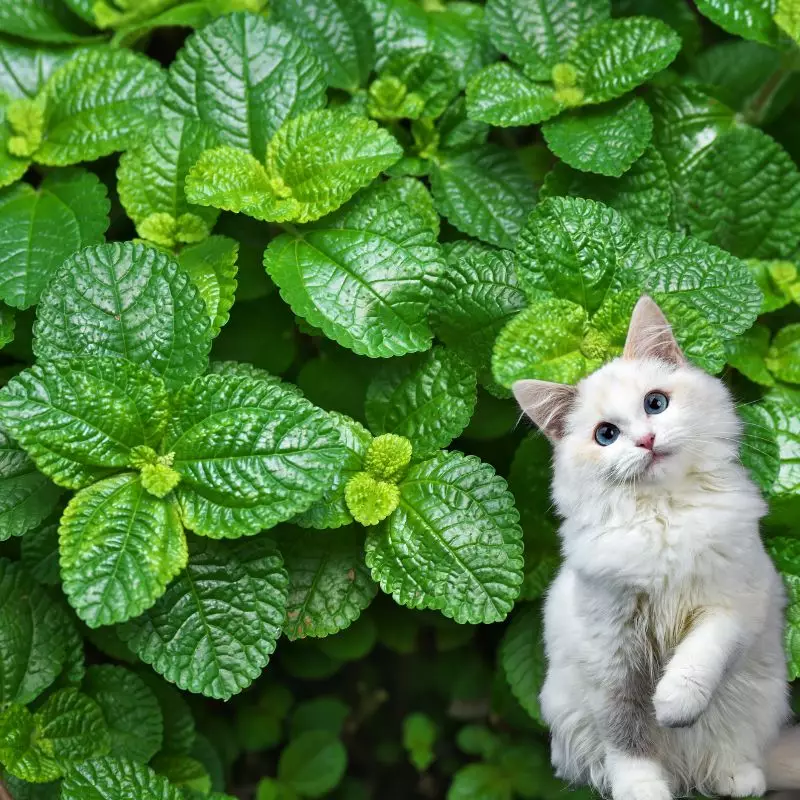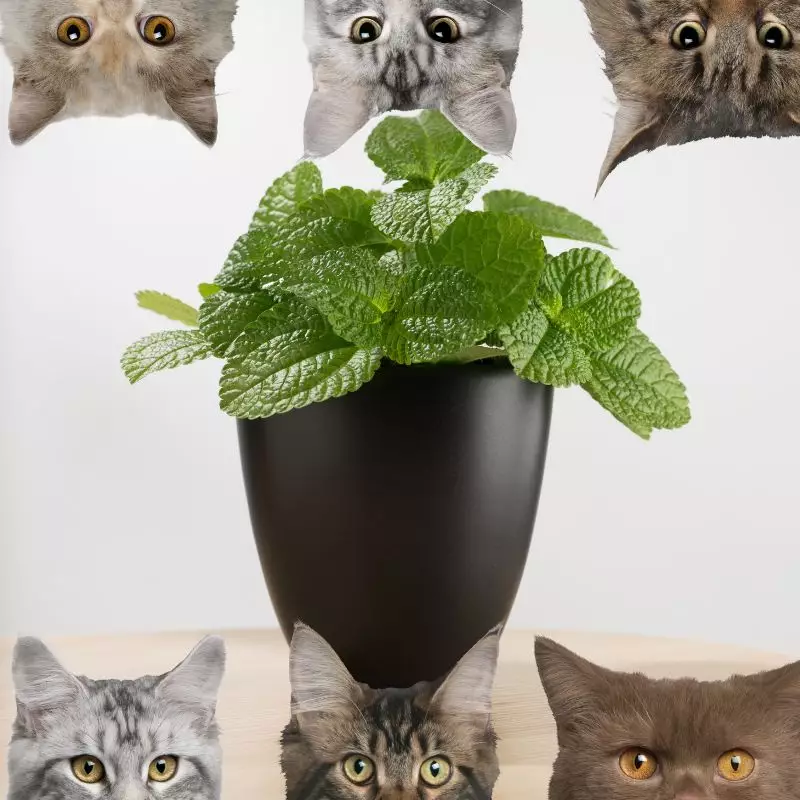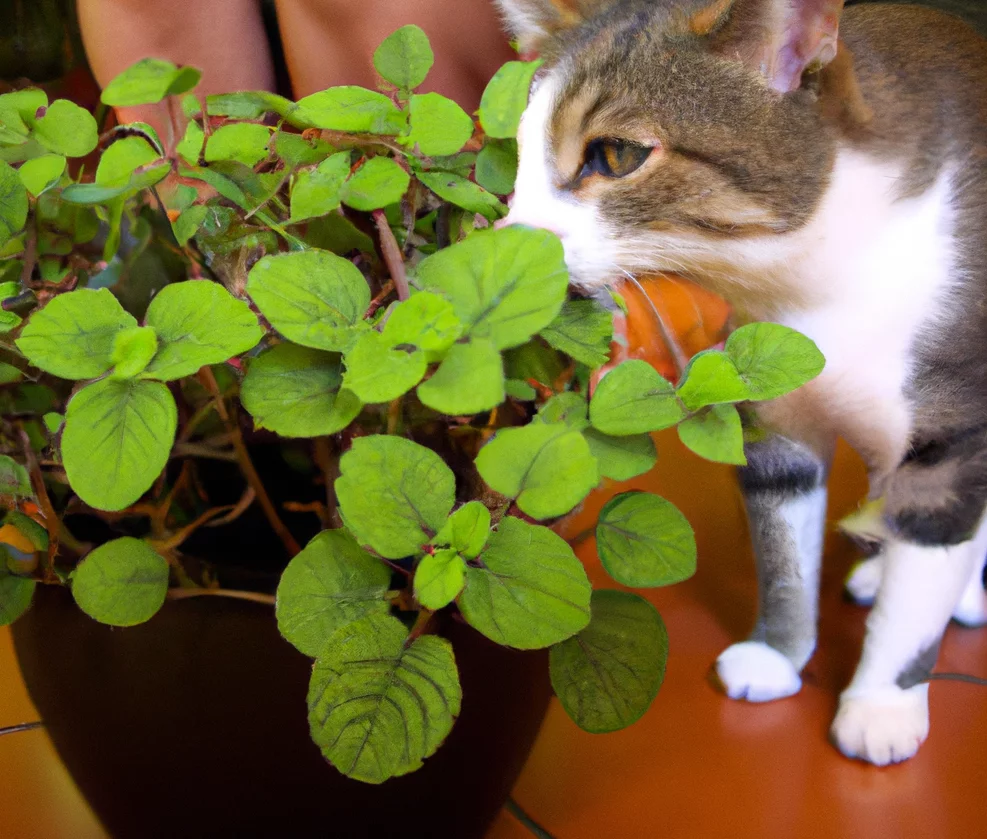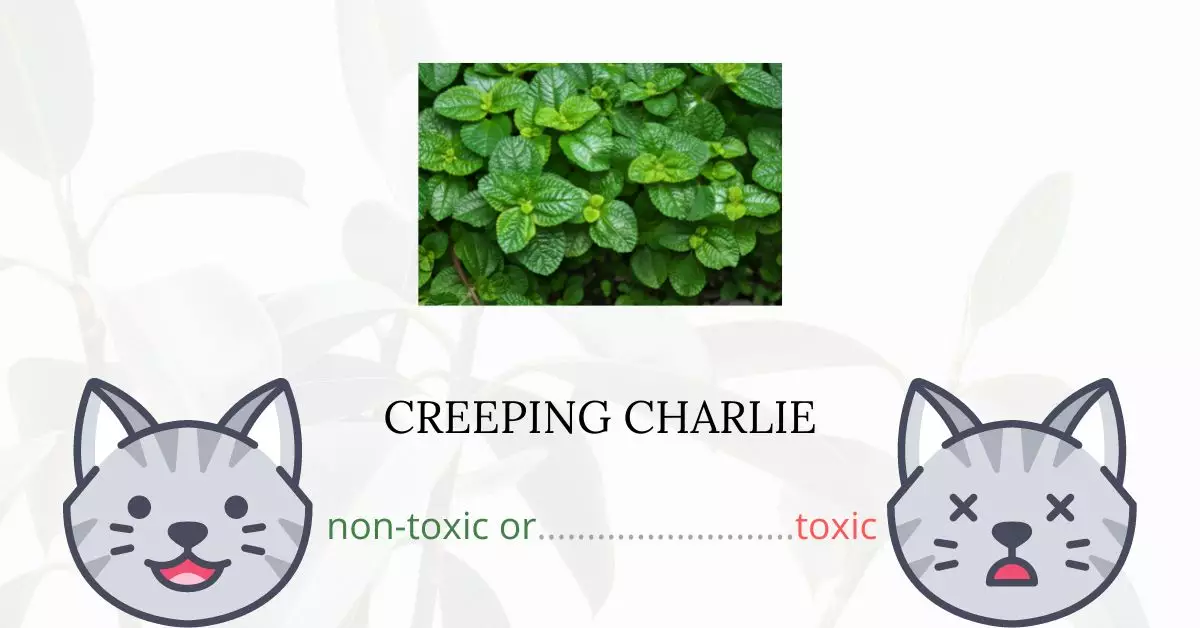Creeping Charlie or Swedish Ivy is not toxic to cats. Contrary to what its name might suggest, Creeping Charlie is not a member of the Ivy family. It has been listed by The American Society for the Prevention of Cruelty to Animals (ASPCA) as a non-toxic plant for cats. Thus, there is no immediate concern if you find your feline friend interacting with this plant.
We would like to emphasize that this article is the result of a collaborative effort with a team of experienced DVMs (doctors of veterinary medicine). Their invaluable insights ensure that we provide accurate and up-to-date information on the potential risks associated with various plants, including Creeping Charlie, and their effects on cats. Moreover, we have referenced high-authority websites such as ASPCA and PetMD in our research to further ensure the accuracy of our findings.
Can Cats Eat Creeping Charlie or Swedish Ivy?

Having a few bites of creeping charlie will not endanger your cat. Also keep in mind that while this cat-safe houseplant has been shown to be harmless to cats, each cat is different. Cats, like people, sometimes have unanticipated negative reactions to things. So take precautions and make sure your cats don’t harm themselves on your plants.
Cats and plants work together to create a relaxing environment, but it’s our job as cat lovers with green thumbs to keep everyone safe.
What is Creeping Charlie or Swedish Ivy?

The creeping groundcover perennial creeping charlie (Pilea nummulariifolia) belongs to the Urticaceae family. This plant is native to the Caribbean and northern South America
This is frequently used as a houseplant. It is considered weedy when grown outdoors. Each oval leaf has a slightly scalloped edge and is a bright to glossy medium green. The interveinal sections appear swollen and crinkly, as though the veins are sunken. The flowers are small and white-greenish. It can be quite weedy because the fleshy stems can root at the nodes where the stalks contact the soil. Plant in frost-free locations or use as a bedding or container annual if planted outdoors. The leaves can be eaten or used in teas.
Keeping Cats Away From Creeping Charlie or Swedish Ivy

Make your plant difficult to access. You can strategically place your houseplants in a number of locations.
Providing your cat with its own cat grass or indoor cat garden is another technique to divert their focus away from your plants. These grasses are mostly made up of wheat, barley, or rye seeds.
Teach your cats to ignore your plant Yes, cats, like dogs, can be trained. You can educate your cats to perform almost anything you desire with time, patience, and consistency. Some people teach their cats tricks, while others teach them to walk on a leash so they may spend more time outside. With the correct reward, you may teach your cat to leave your plants alone and redirect them to different behavior.
Plants to Avoid For Your Cats
If you are a cat owner and unsure if the plants growing in your yard are harmful to your cats, check out this list of toxic plants for cats. You can also check our list of non-toxic plants for cats.





